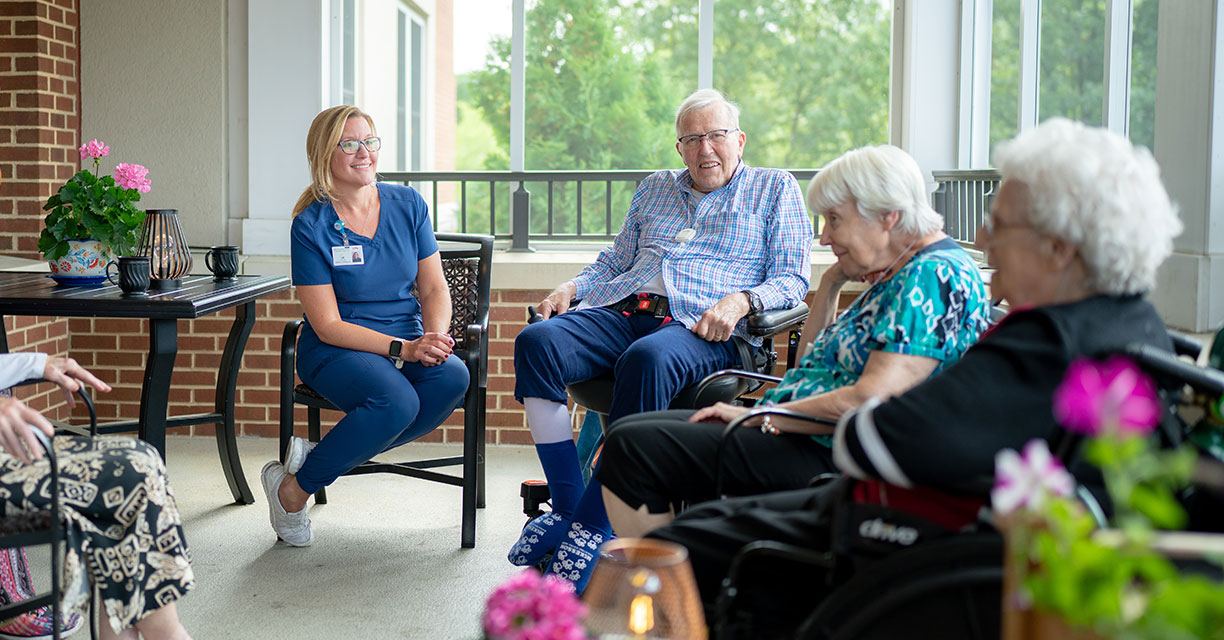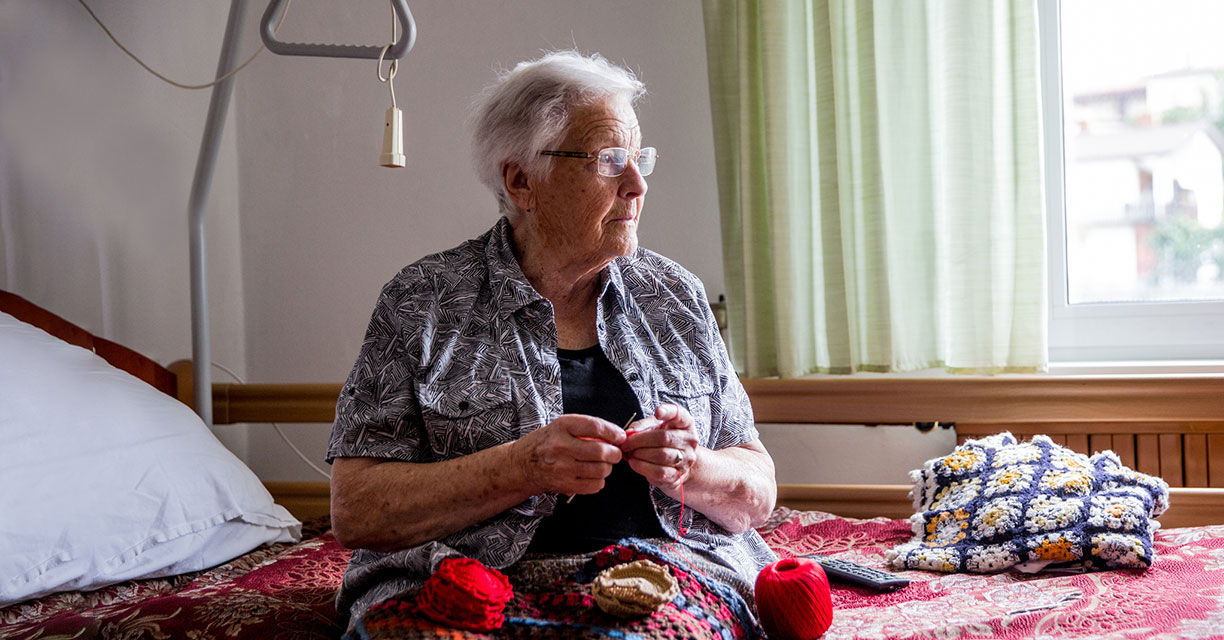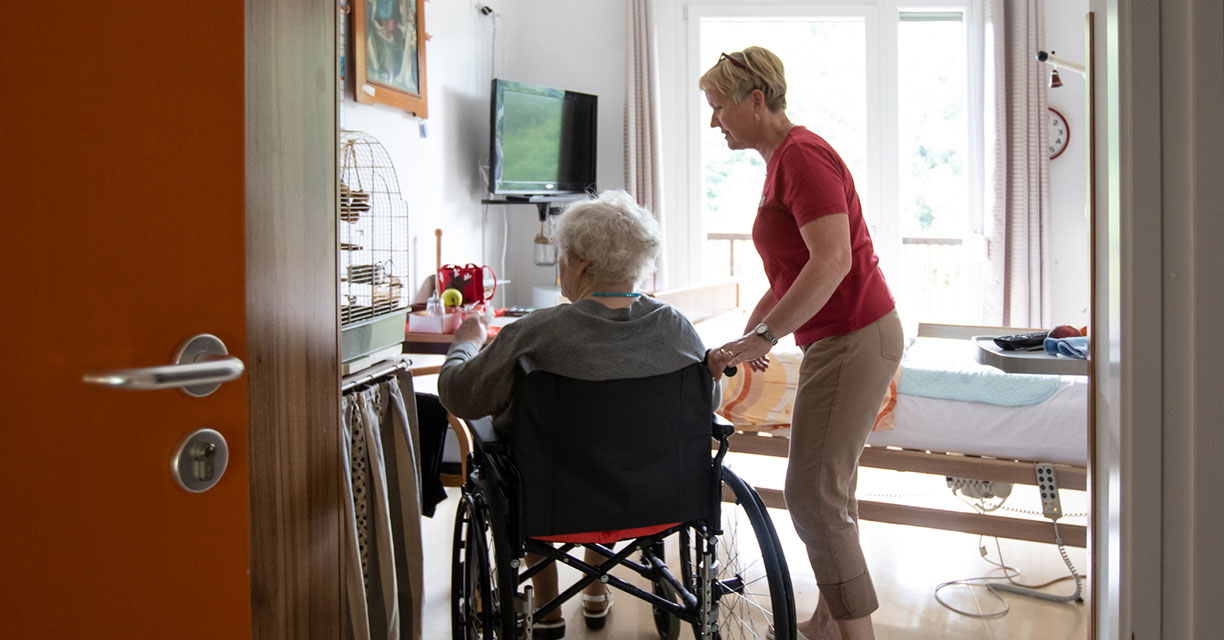By the Playbook staff
Summit Medical Group (SMG) is a practice with 26 offices serving 280,000 patients in Eastern Tennessee. SMG participates in a Medicare Next Generation Accountable Care Organization (ACO) and has ACO contracts with Medicare Advantage, commercial health plans and Medicaid managed care plans. In 2016, SMG began an initiative to integrate palliative care services into its primary care practices. However, after encountering challenges, SMG leaders chose to outsource palliative care to an external palliative care agency, Aspire Health. This blog post describes SMG’s experience and offers advice for other ACOs that are struggling to expand palliative care services and looking for a path forward.
Research suggests that ACOs have not widely targeted palliative and end-of-life care as part of their care redesign efforts. In a recent longitudinal study covering 2012 through 2015, Medicare Shared Savings Program (MSSP) ACOs showed very little change in days at home, days in the intensive care unit (ICU), and use of hospice in the last 30 days of life compared to Medicare fee-for-service beneficiaries living in the same areas. This is consistent with survey results that show only 20 percent of ACOs have advanced end-of-life care initiatives.
At the same time, 60 percent of ACOs do have some components in place, suggesting ACO engagement in improving end-of-life care may generate measurable impacts in future years. Many organizations start with Advance Care Planning (ACP) as a way of documenting patient wishes and getting advance directives into the medical record. CMS now reimburses providers for voluntary advanced care planning, further encouraging patient-provider discussion of patient wishes.
SMG’s Palliative Care Story
SMG began its work in palliative care in 2016 with a simple observation: they were providing care “to patients,” not “for patients” towards the end of life. Through internal analytics, SMG staff determined that for the vast majority of patients, palliative care could be provided by their own primary care clinicians. They subsequently launched an effort to encourage primary care physicians to integrate palliative care into their practices including: 1) basic management of pain, medical symptoms, anxiety and depression; and 2) initiating basic discussions with patients about their prognosis, goals of treatment and code status.
In 2016, SMG leaders set annual goals for SMG providers and employees. Providers were assigned the goal of recording an advance directive in the EMR for 5 percent of their Medicare patients. On National Healthcare Decisions Day, leadership launched a “Because I CARE” campaign encouraging SMG team members to complete their own advance directives. This campaign raised awareness about the value of advance directives and the experience of completing the form. The internal employee advanced directive goal was set at 26 percent. The campaign also included workshops for patients and supporting materials for clinicians.
SMG realized that medical schools provide little if any training on palliative care, and many providers were not comfortable with ‘the conversation’. In an effort to normalize an intimidating topic, SMG joined the Center for Advancing Palliative Care, an organization dedicated to increasing the availability and quality of palliative care. This membership provided continuing education opportunities, workflows, research, best practices, and subject matter experts who were available to answer questions. In addition, palliative care physicians from local hospitals provided continuing education for SMG providers on basic palliative care best practices and treatment options.
In January 2017, SMG reported that 90 percent of SMG providers met their individual goal of having 5 percent of their Medicare patients with an advance directive in the medical record. But the “Because I Care” campaign fell short of its goal, with only 13 percent of employees completing their own advance directives. Despite considerable investment and success in improving the advance directive rate, SMG continued to encounter resistance from clinicians who were not comfortable having these difficult conversations with their patients.
The Choice to Outsource
After poor utilization of CAPC resources and continuing education sessions, and limited progress towards its advance directive goals, SMG administrators changed their strategy and started contracting for palliative care services from Aspire Health. This partnership created what SMG staff called an “easy button” for clinicians, allowing them to refer patients to palliative care specialists without directly engaging in difficult conversations.
Aspire provided evidence that they had generated savings and improved patients’ quality of life, including increasing hospice length of stay from 18 days to the low 20s. More time in hospice means less time receiving painful, sometime dangerous curative treatment. The Aspire model includes home-based care available 24 hours per day, seven days a week from an interdisciplinary team of physicians, nurse practitioners, social workers, chaplains and, if necessary, referral to hospice.
SMG brokered contracts between all of its major health plan partners and Aspire. Under those contracts, Aspire receives a monthly fee per patient enrolled in their program. Aspire also has the opportunity to share in savings based on quality and financial performance. In general, shared savings baselines are established by comparing the total cost of care between the treatment group and a similar control group.
Lessons
Kimberly Kauffman, Chief Value Based Care Officer at SMG, a leader in the drive to advance palliative care, recommends identifying primary care clinicians early on who are interested in this work and encouraging them to champion palliative care services with their colleagues. Younger clinicians, in particular, seem more comfortable educating patients about palliative care options, in part because they were more exposed to these issues during their medical education.
At the same time, SMG’s experience suggests that partnering with an external palliative care service provider may be more effective for some organizations than investing in internal capacity. Given the reluctance of some physicians to discussion palliative care options with their patients, the approach of creating an “easy button” for providers to deploy services with a trusted partner has the potential to benefit patients and to be cost-effective.



